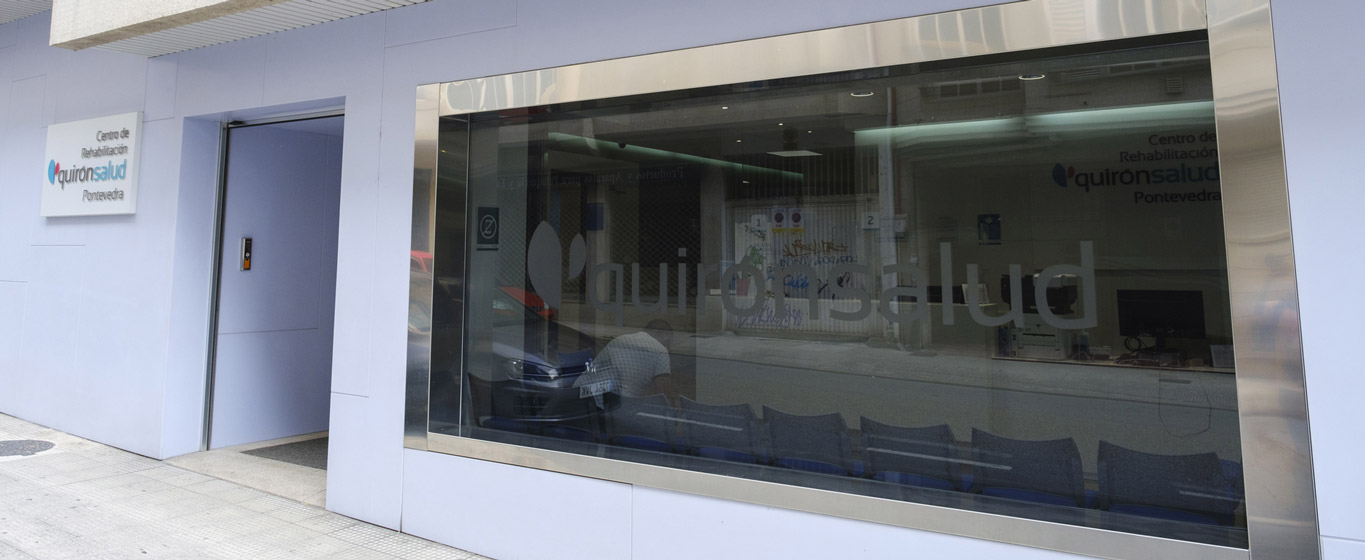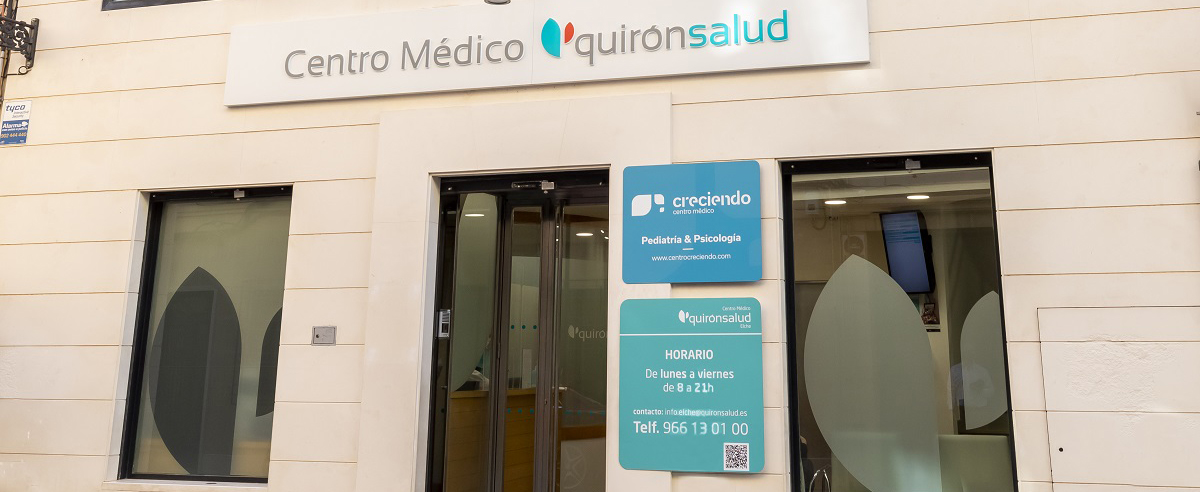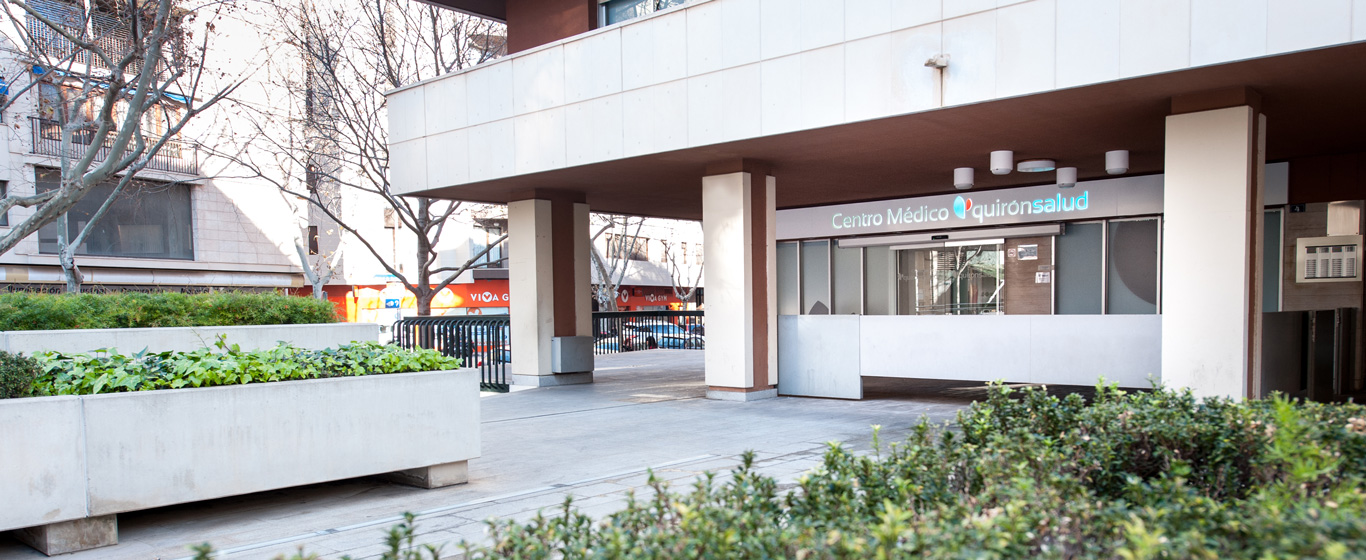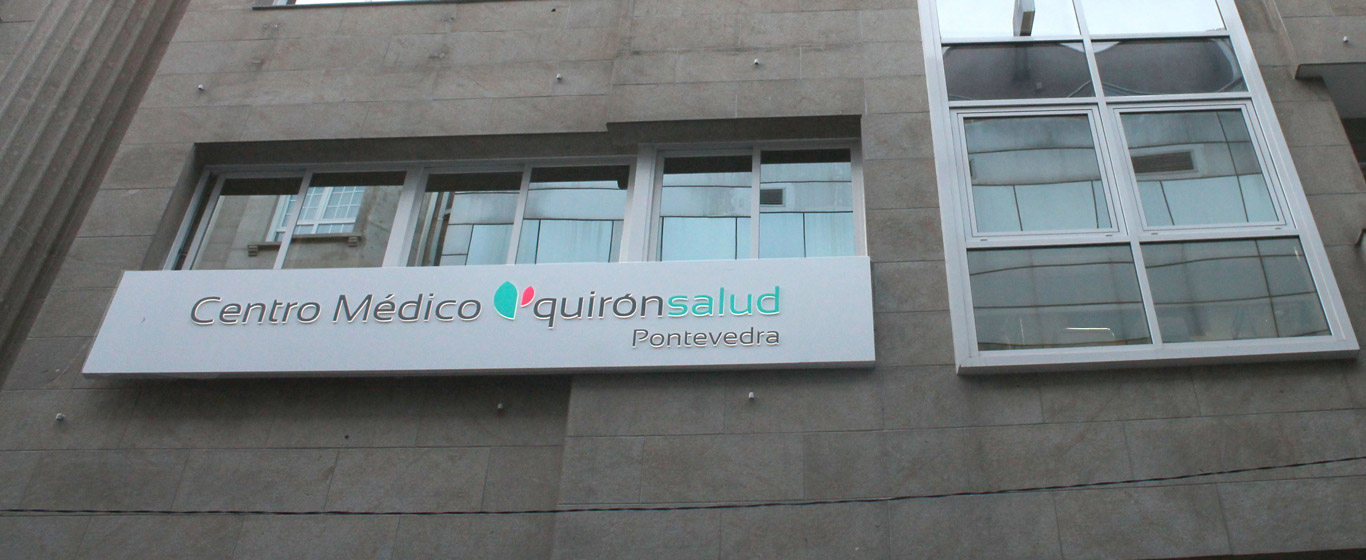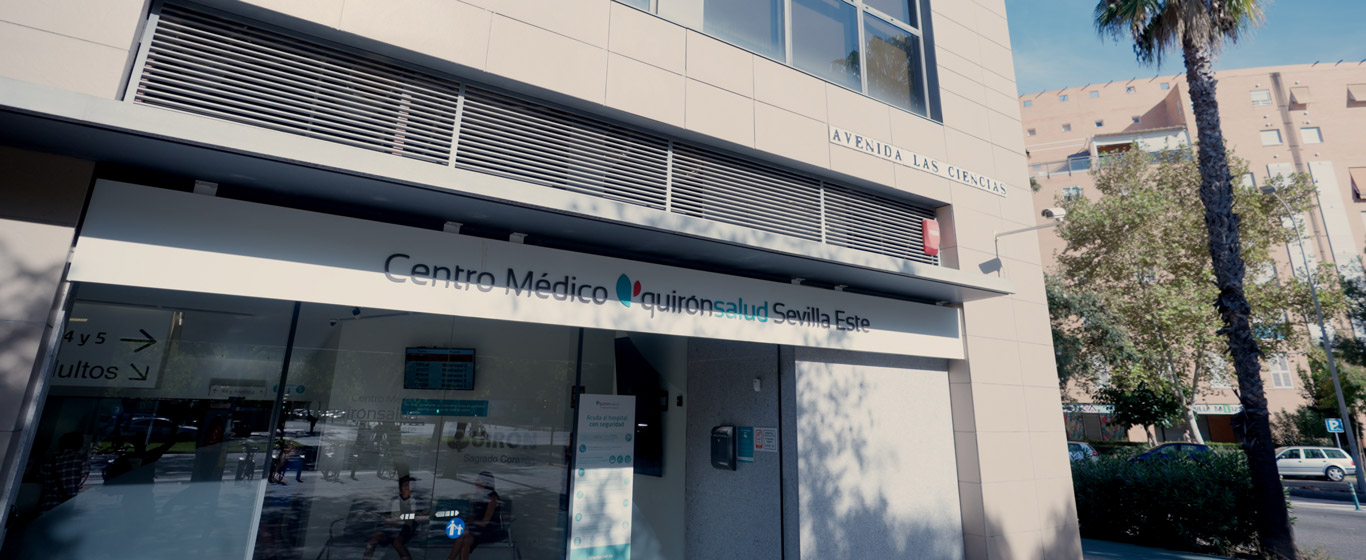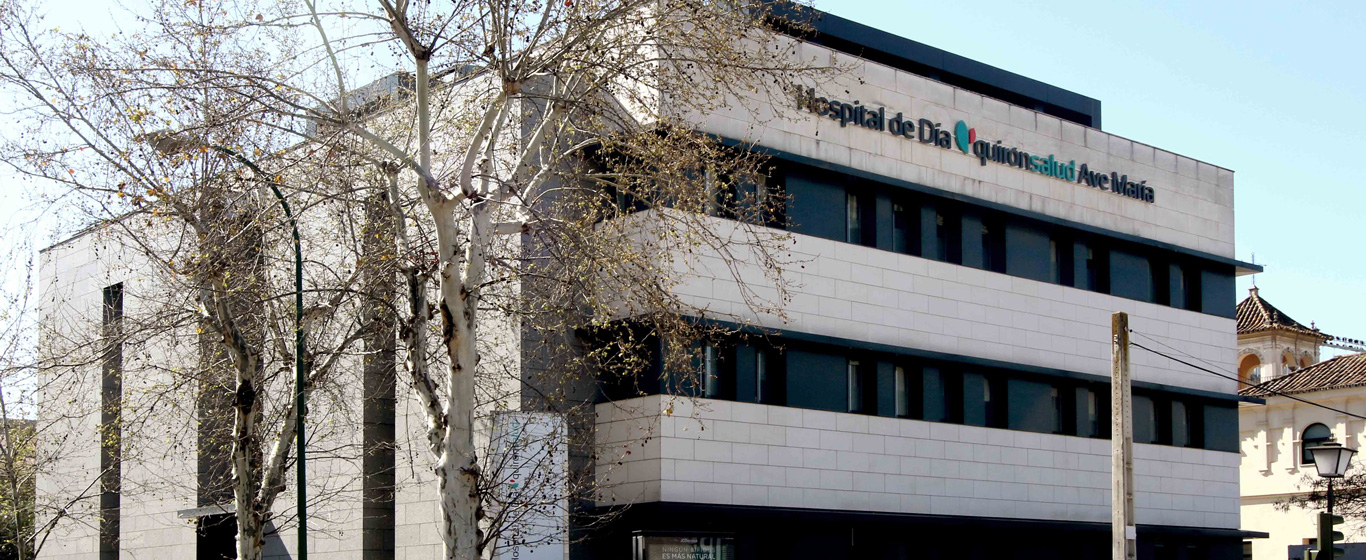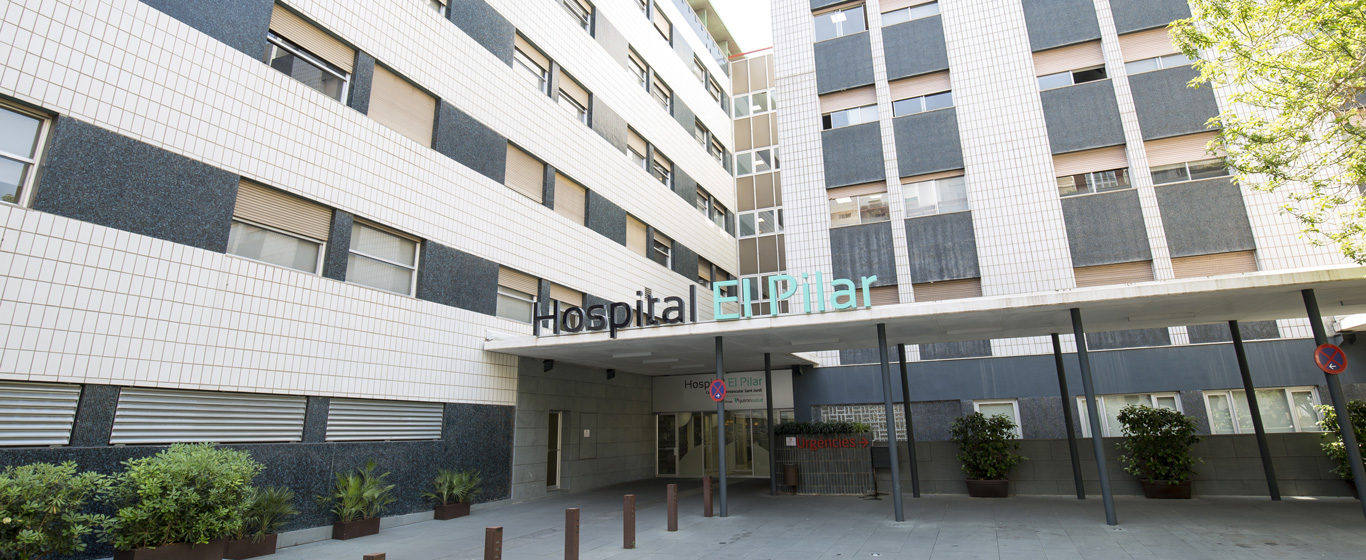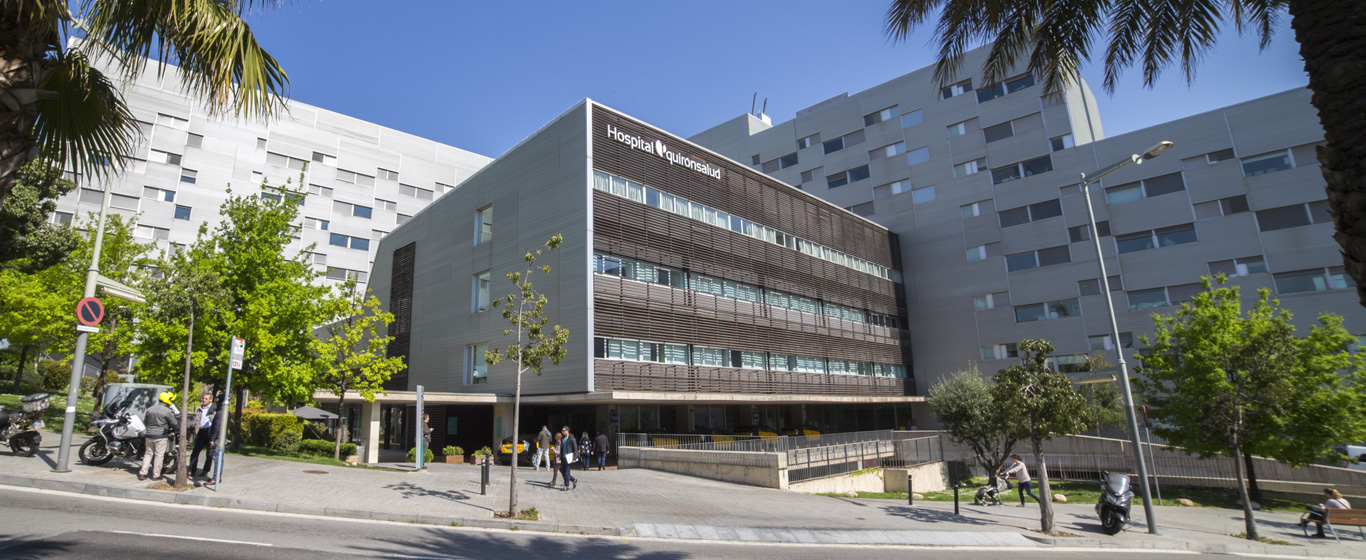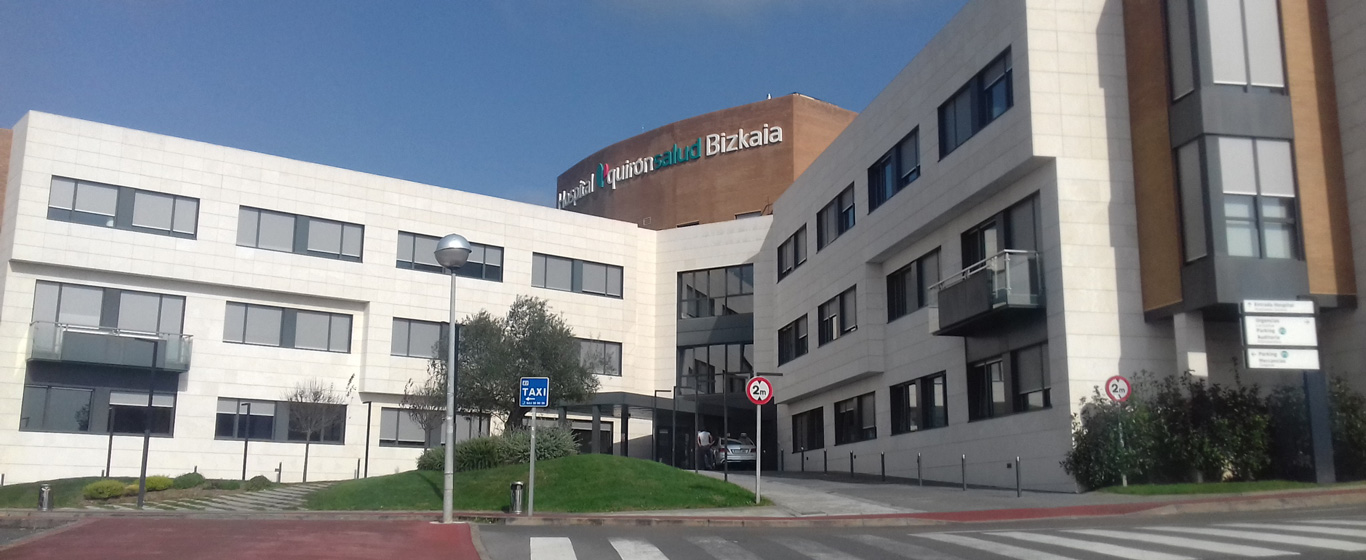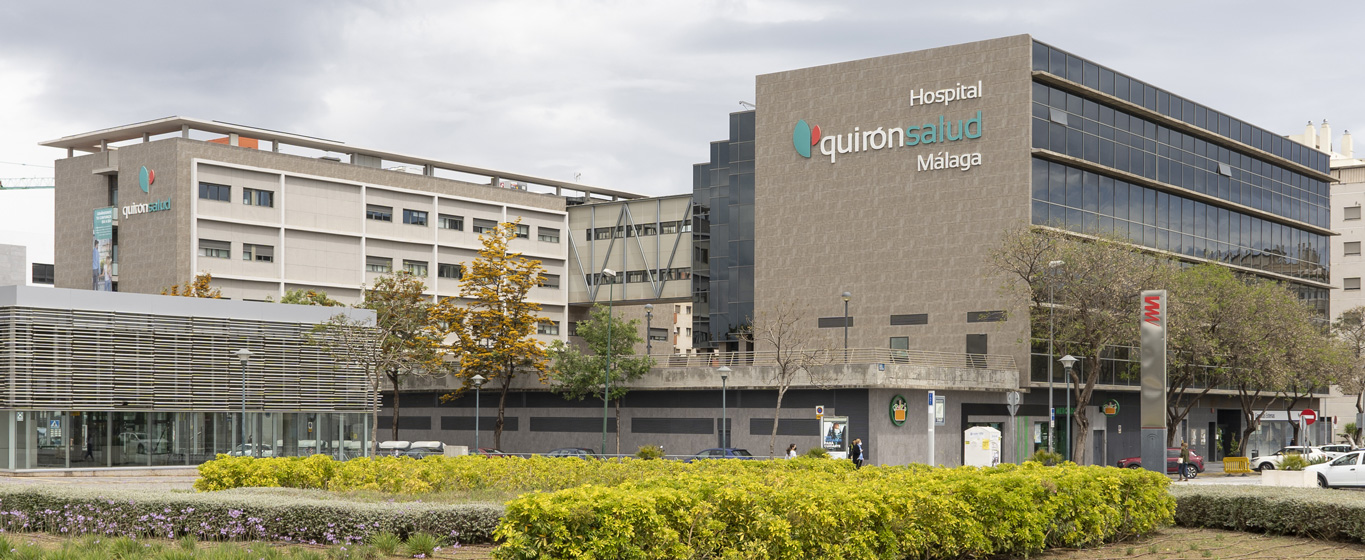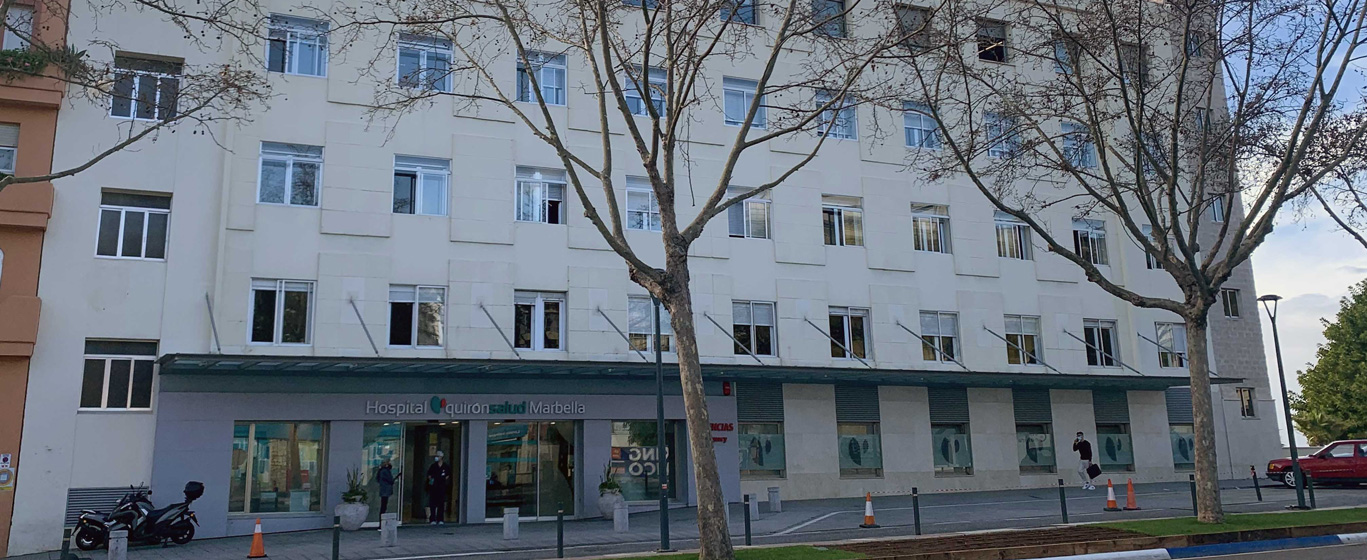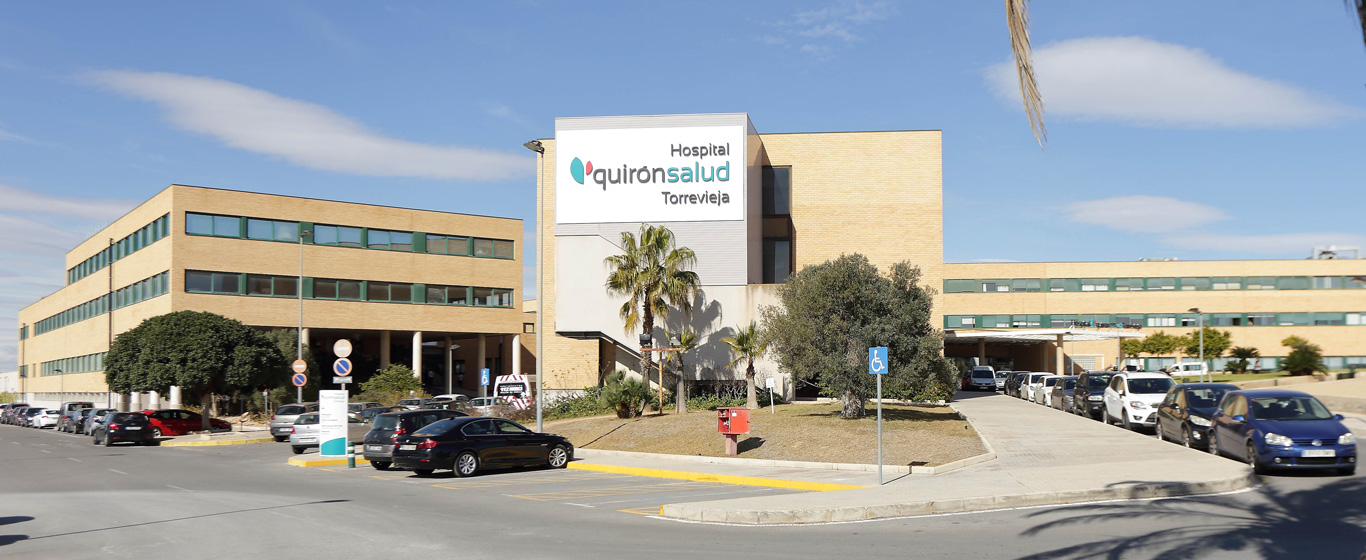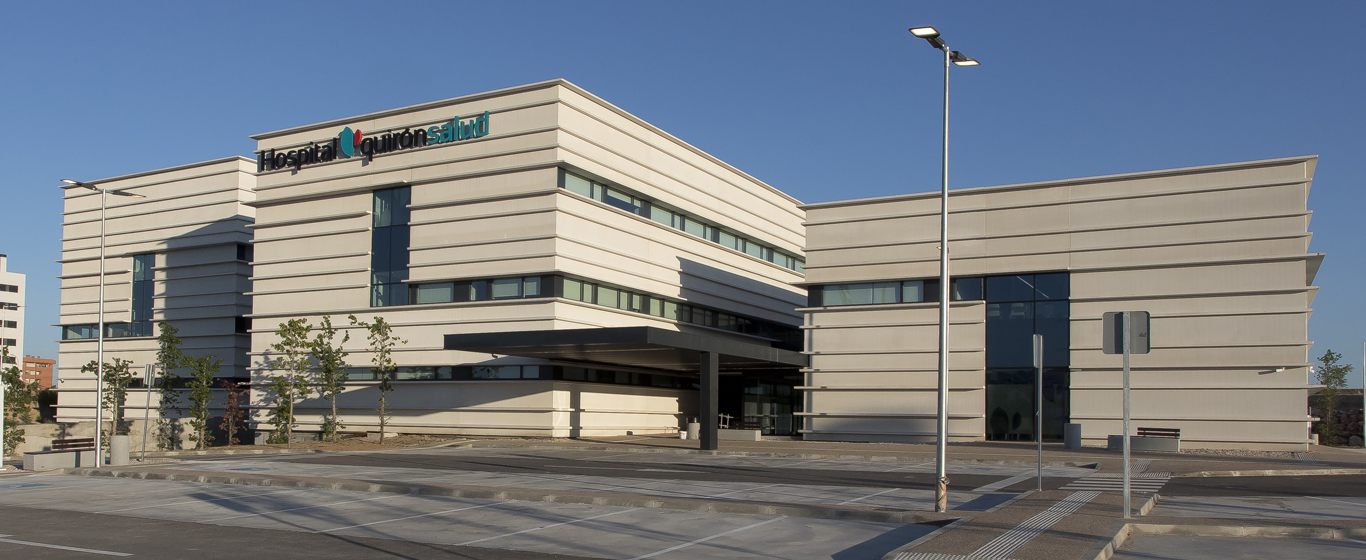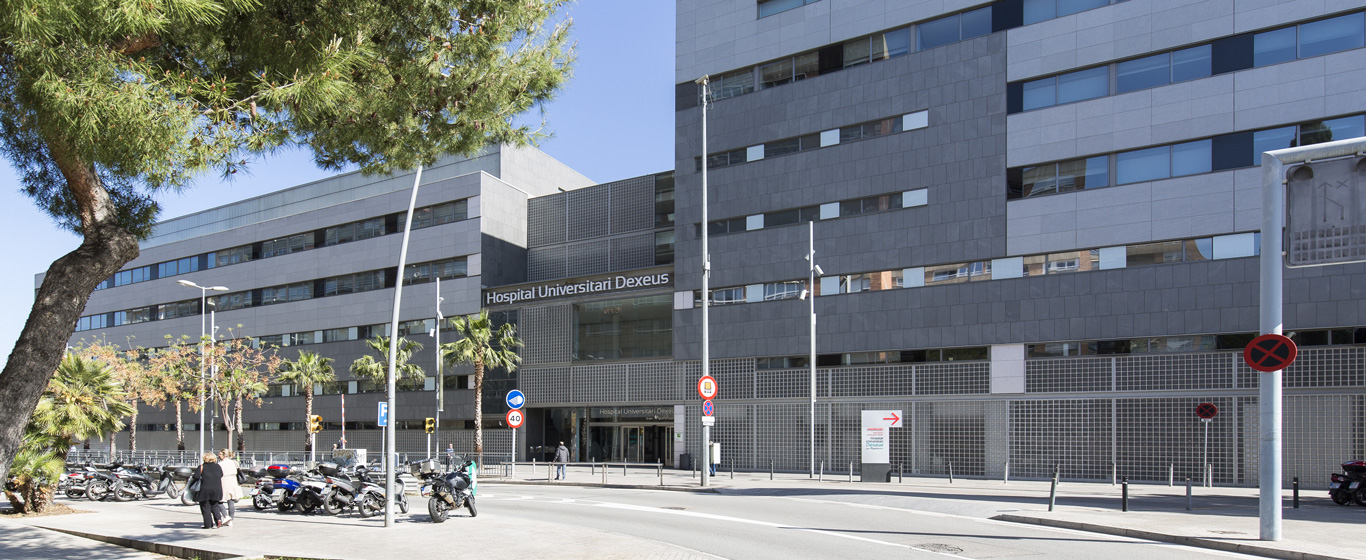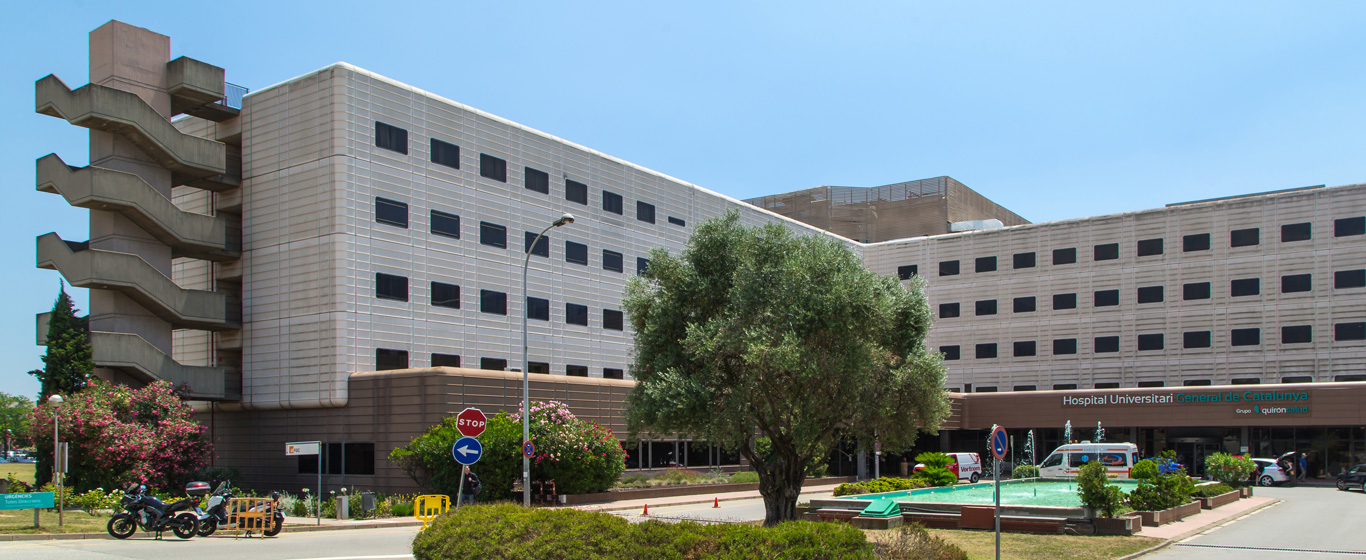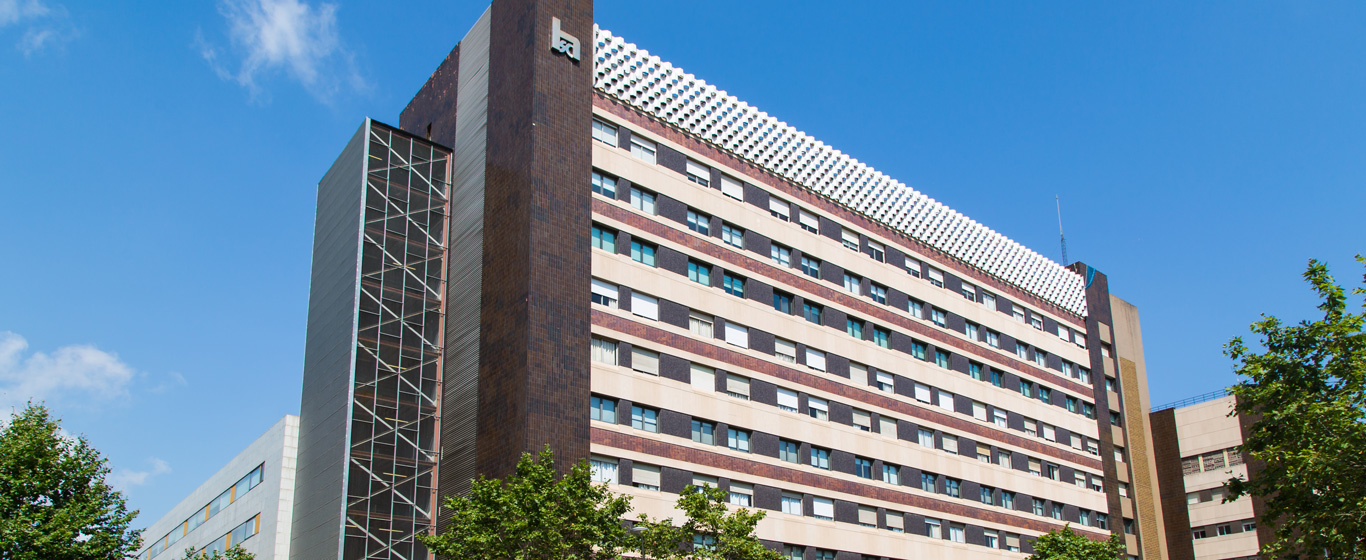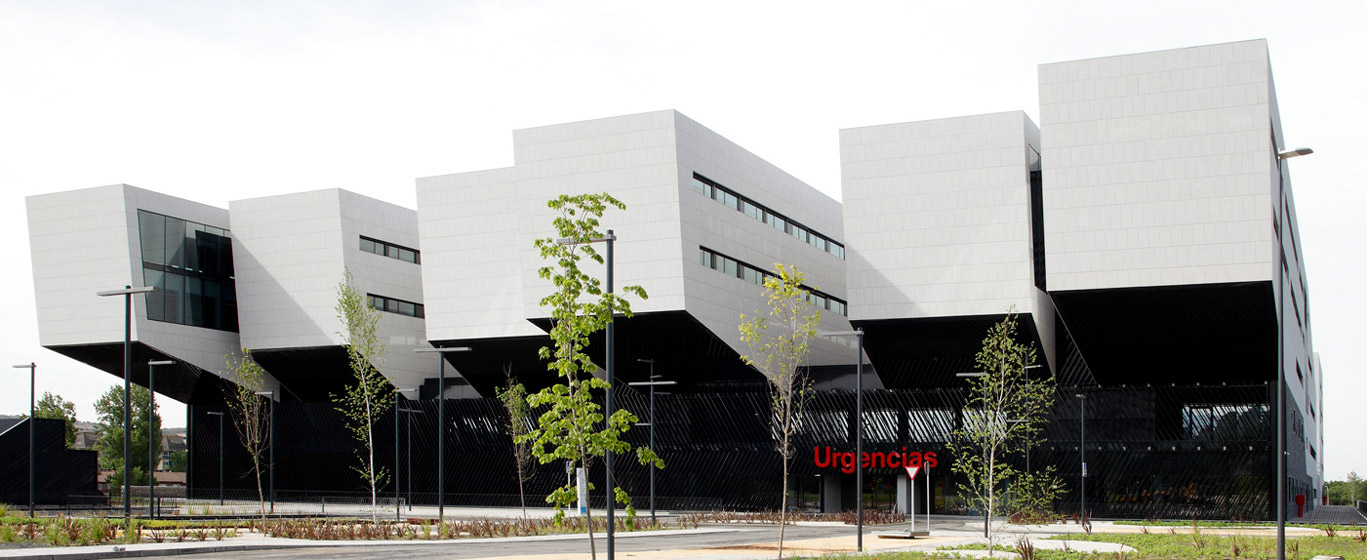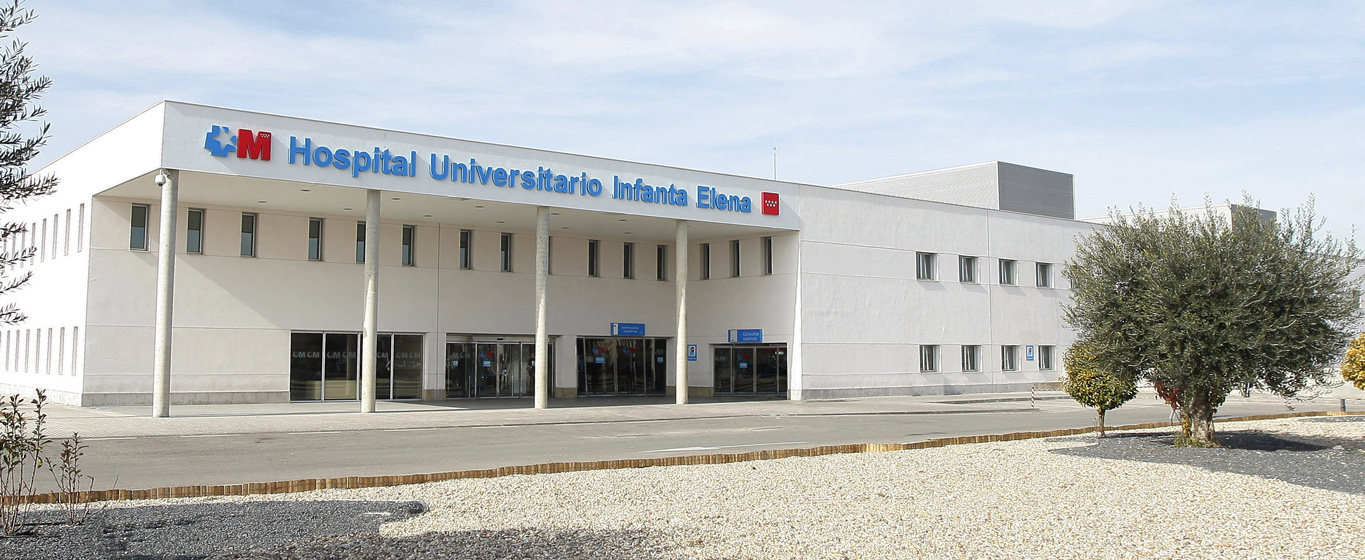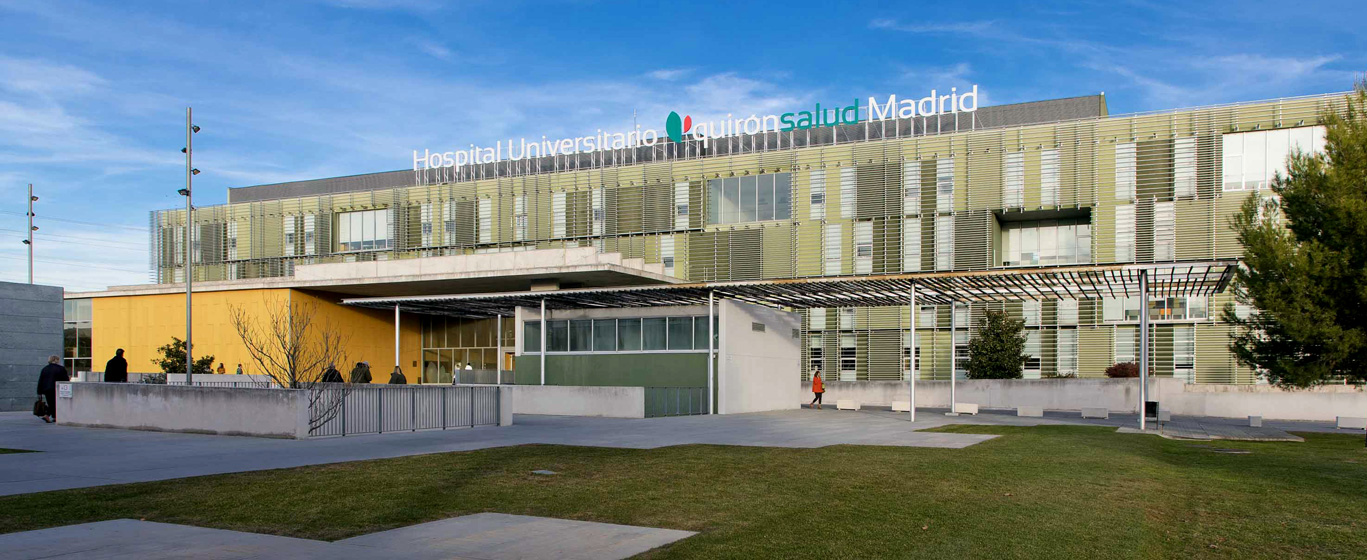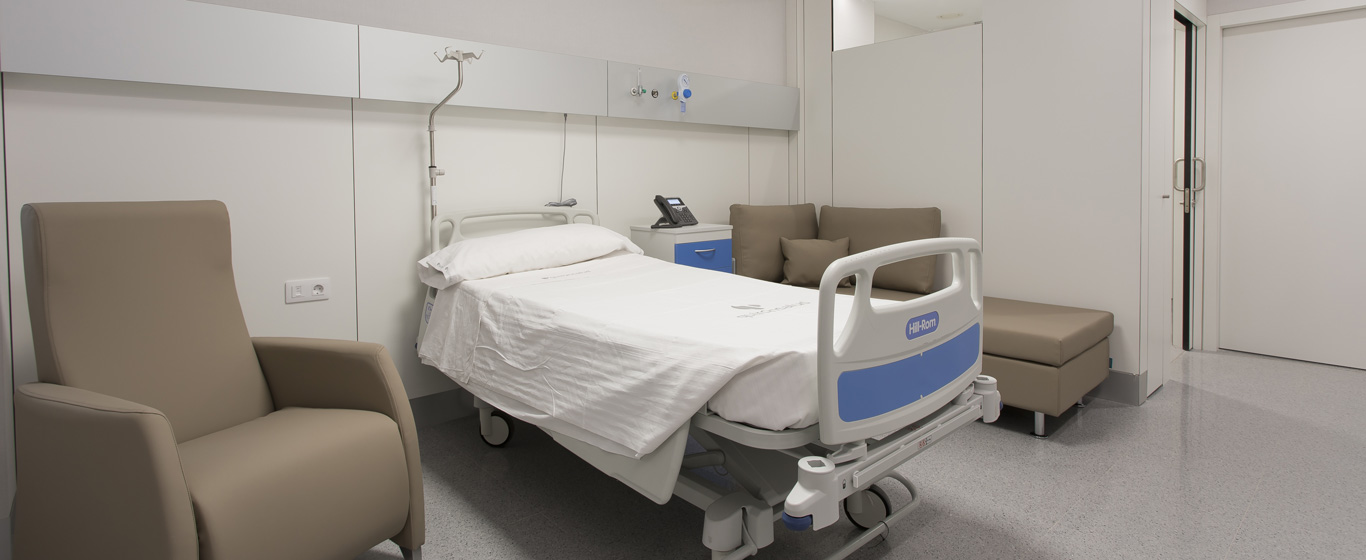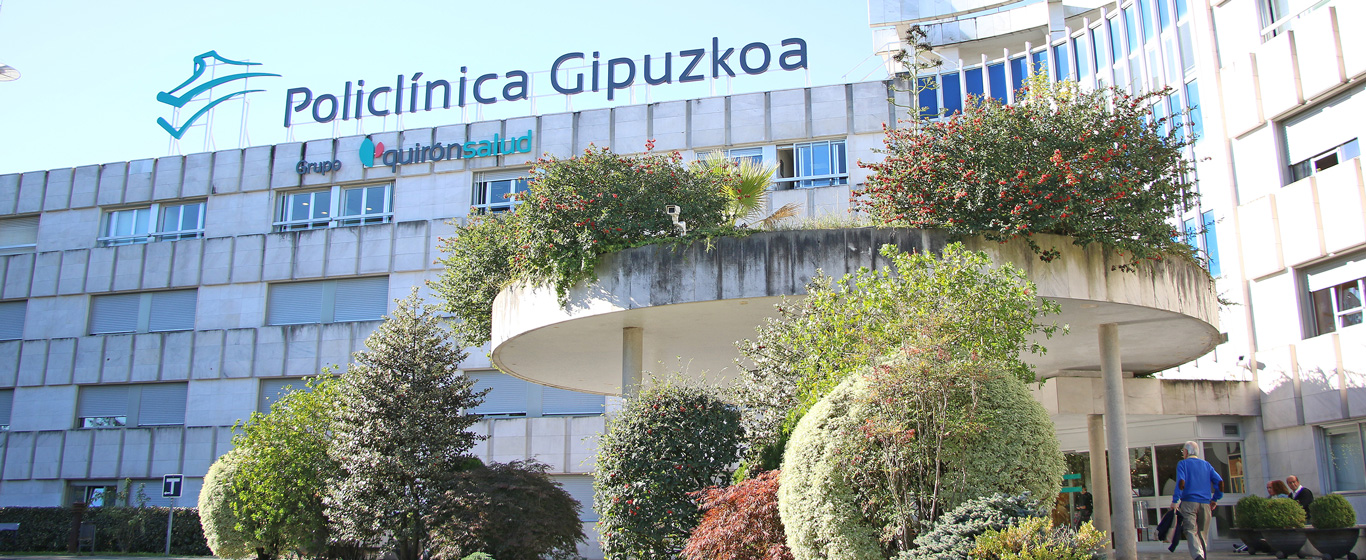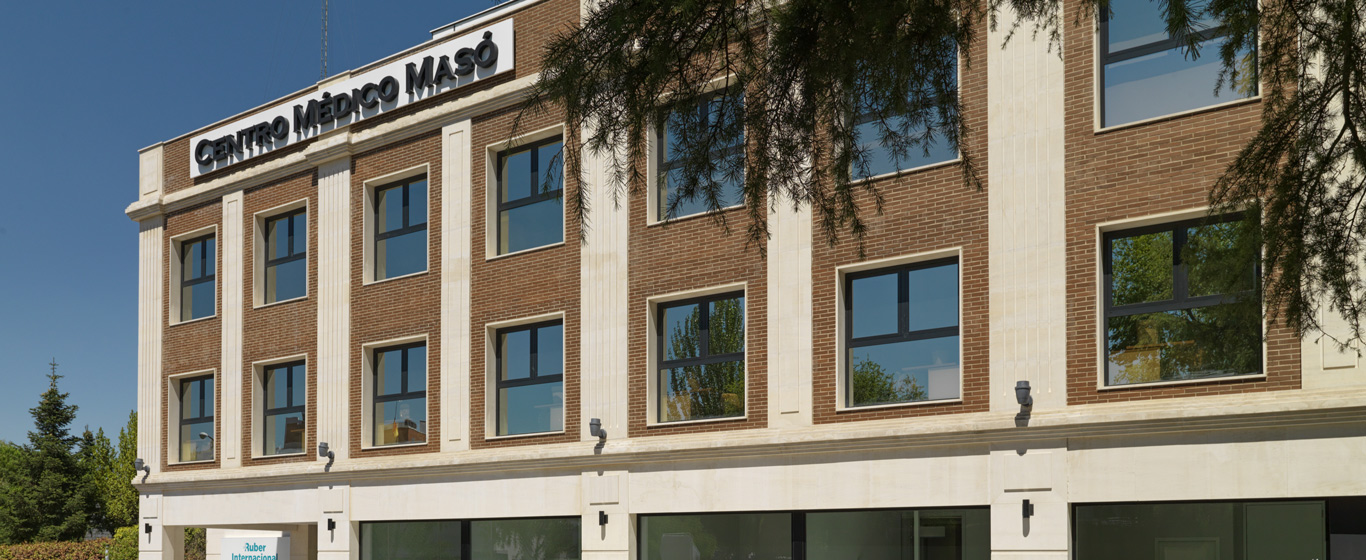Pathology
Solve your doubts about anatomical pathology: what is it, what is its field of study, what are its main subspecialties and what methods pathologists use to carry out their work.
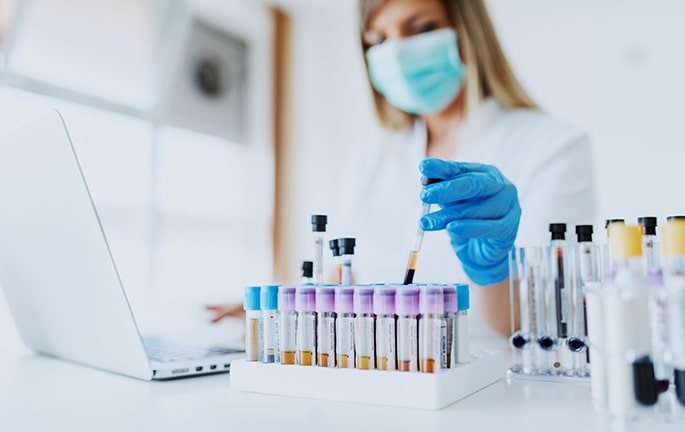
What is anatomical pathology?
Anatomical pathology is a medical speciality that studies the morphology of diseases by analysing structural histological changes. It also focuses on the effects of treatments on the body and the condition itself.
Pathologists work in conjunction with other medical specialities, as one of their main functions is to make diagnoses by interpreting morphological findings based on clinical data and to monitor patients’ response to treatment.
What does anatomical pathology study/treat?
Anatomical pathology focuses on studying the causes, development and effects of diseases in cells and tissues, which makes it one of the foundations of medicine. The field of action of pathologists can be divided into 2 main areas:
- Cytopathology: diagnoses diseases by observing cells, which are spontaneously shed as occurs, for example, in urine or cervico-vaginal cytology, or which are obtained by more invasive methods such as bronchoscopy or fine needle aspiration (FNA). Cervico-vaginal cytology is essential for detecting pre-cancerous lesions in the cervix.
- Histopathology deals with the diagnosis of disease through the analysis of tissue obtained from surgery or biopsy. Due to the complexity of each organ and its cells, pathologists often specialise in different areas, such as neuropathology, mammary, renal or thoracopulmonary pathology.
In short, anatomical pathology focuses on the diagnosis of diseases, such as infections, functional pathology or cancer.
Techniques, procedures and diagnostic methods
Anatomical pathology procedures are divided into the techniques used to obtain the tissues needed to carry out the studies and the tests carried out in the laboratory to analyse the cells that make up the tissues:
- Autopsies: study of organ and tissue alterations to determine the circumstances and nature of death.
- Biopsies: observation of the cells of a tissue sample obtained by an invasive or percutaneous procedure.
- Cytologies: analysis of the characteristics, shapes and structure of cells extracted by scraping the tissue or obtained by fine needle aspiration (FNA).
- Surgical specimens: focus on the analysis of cells from larger tissues, which may be sections of entire organs.
- Immunohistochemistry tests: used to check the characteristics of cells, based on antigen-antibody reactions, and reveal the presence of a certain protein in a patient sample. They provide both diagnostic and therapeutic information to determine the most suitable treatment. For example, use of an antibody that detects overexpression of HER2 receptors (a gene that generates a protein involved in cell growth) or surface hormones.
- Immunofluorescence: encompasses all techniques that use fluorescent substances to detect antibodies or antigens in tissues.








